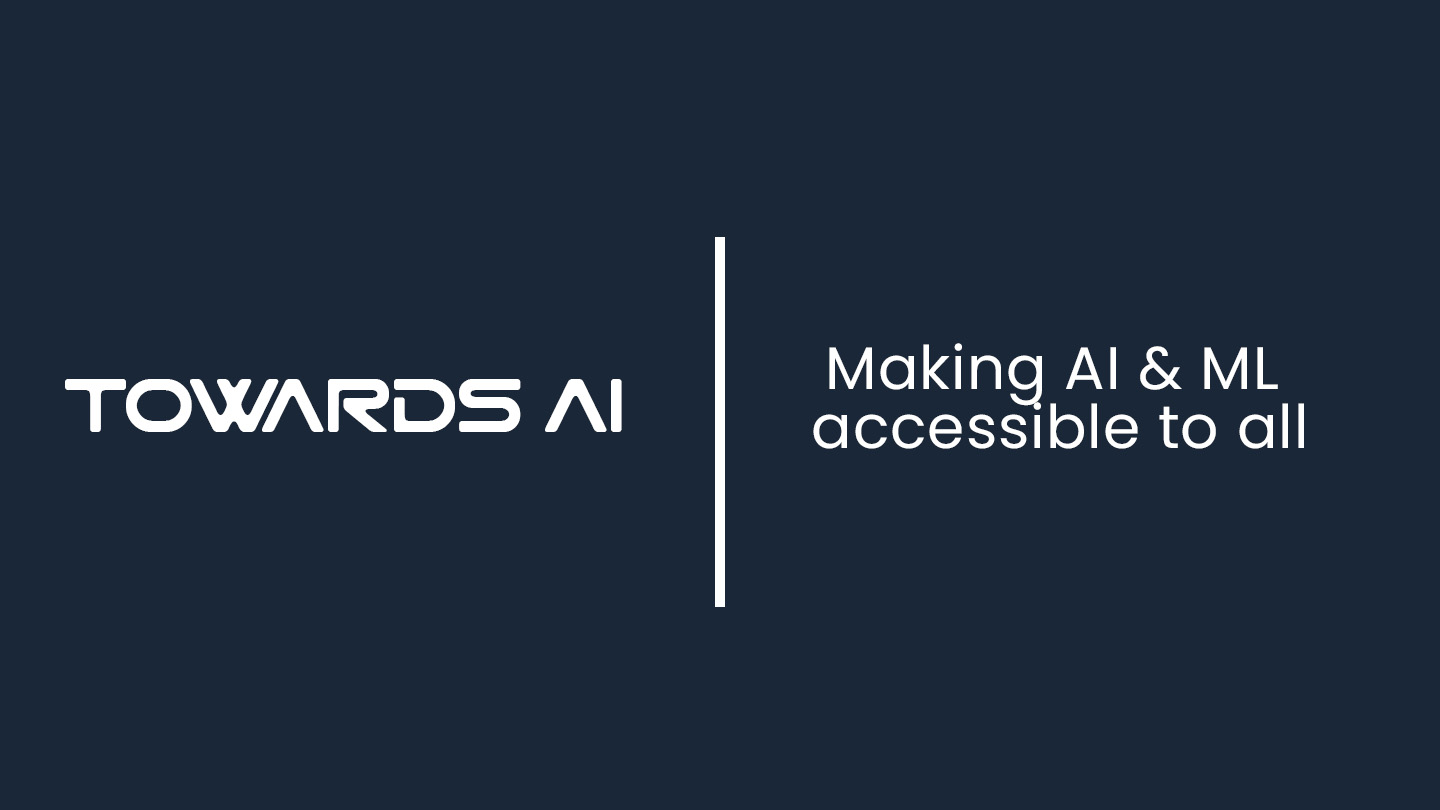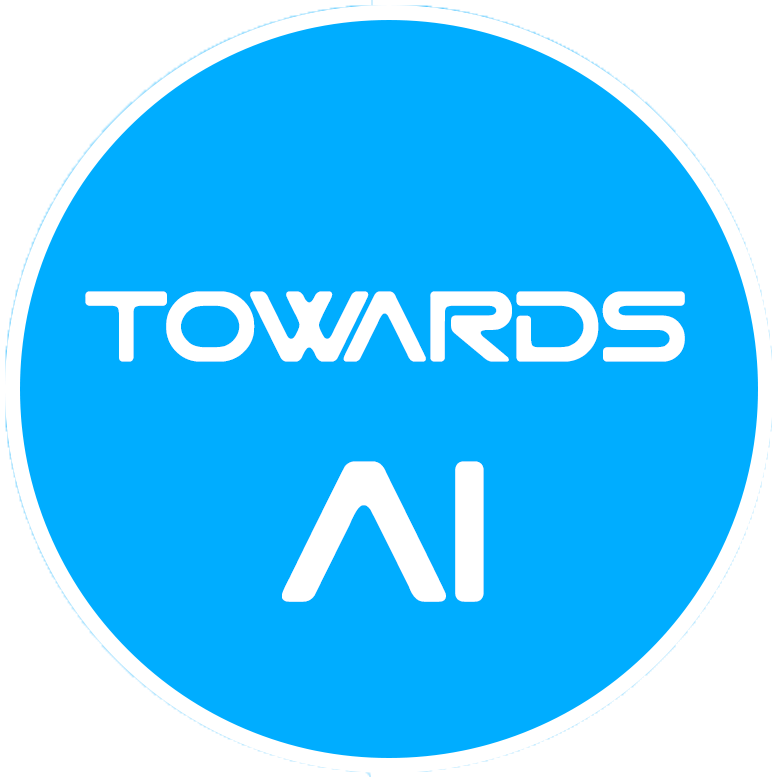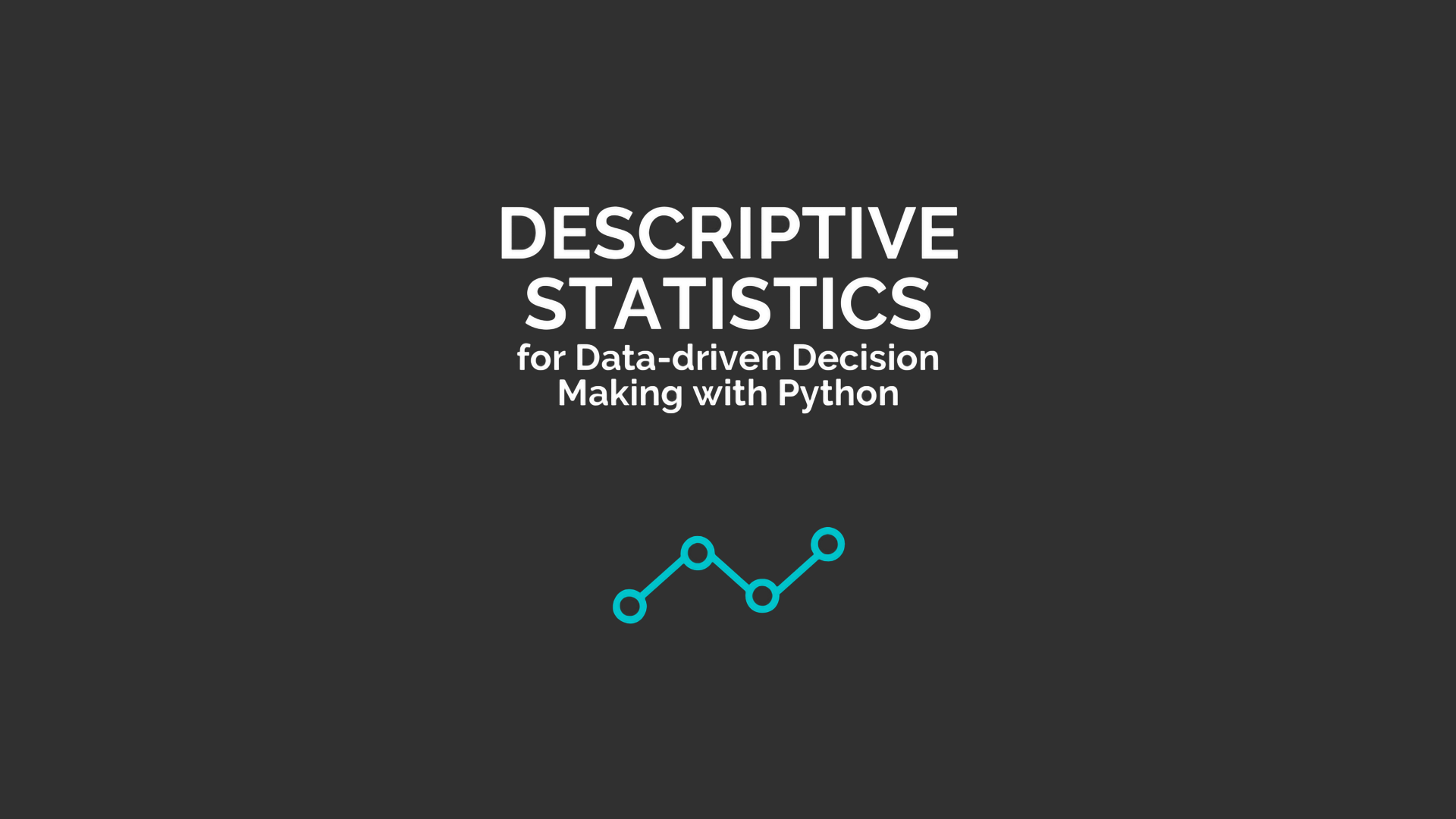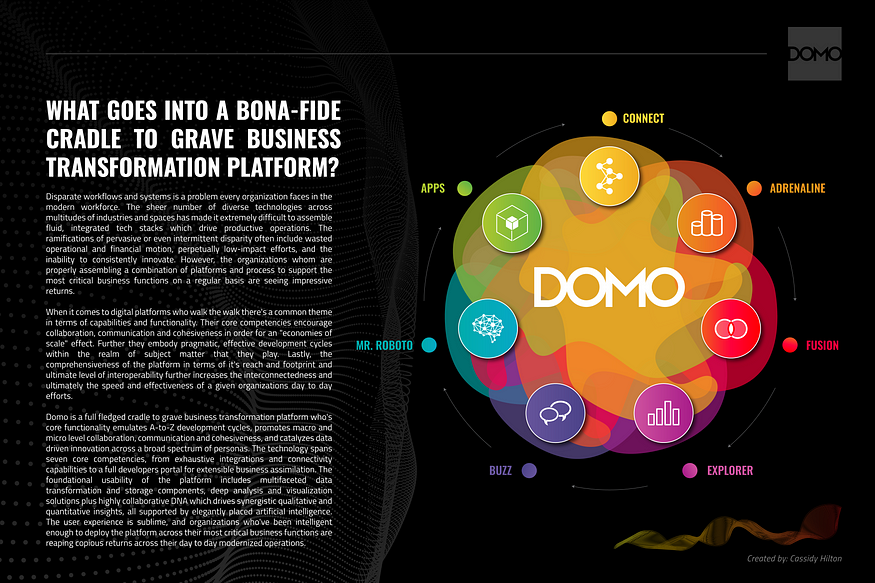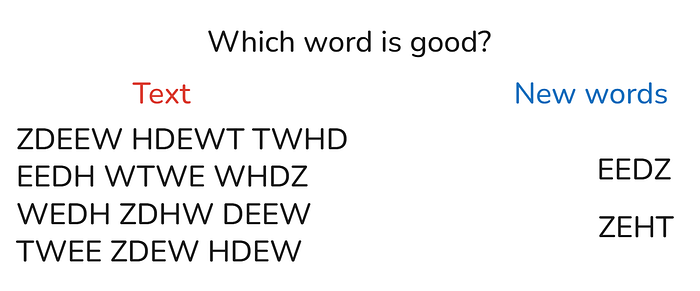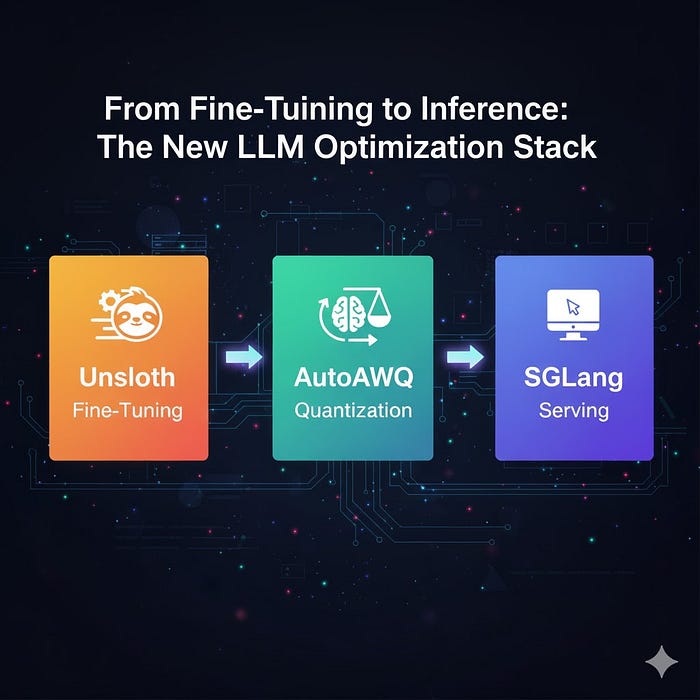
From Fine-Tuning to Inference: The New LLM Optimization Stack with Unsloth, SGLang, and AutoAWQ
Last Updated on October 13, 2025 by Editorial Team
Author(s): Ramya Ravi
Originally published on Towards AI.

Training and deploying LLMs has remained expensive and resource-intensive as LLMs become more powerful. In recent times, a new generation of lightweight AI optimization frameworks has emerged, which enables developers to train, compress, and serve models more efficiently.
This new stack is built around three core frameworks:
- Unsloth — accelerates fine-tuning with memory-efficient kernels
- AutoAWQ — automates quantization to shrink models for cheaper inference
- SGLang — provides high-throughput and structured inference for production
This stack creates a seamless, end-to-end workflow that reduces compute costs, accelerates experimentation, and scales better than traditional stacks.
Let’s look at each framework, why it matters, and how they fit together to give AI developers a high-performance and cost-effective workflow.
1. Unsloth — Fast & Efficient Fine-Tuning
Fine-tuning has traditionally been one of the biggest bottlenecks in working with LLMs. Even for mid-sized models with ~7B parameters, running full fine-tuning or LoRA requires massive GPU memory and long training cycles.
Unsloth solves this with kernel-level optimizations and efficient LoRA/QLoRA implementations. Also, it supports popular models such as LLaMA, Mistral, Phi, and Gemma.
Key Benefits
· 2–3x faster training compared to standard Hugging Face + PEFT setups
· Memory-efficient LoRA/QLoRA implementations — train 7B-13B models on consumer GPUs
· Optimized CUDA kernels for transformer layers to reduce training overhead
Example — How to fine-tune a Llama 3 model
# Install Unsloth
pip install unsloth
# Start fine-tuning
unsloth finetune \
--model llama-3-8b \
--dataset ./data/instructions.json \
--output ./finetuned-llama \
--lora-r 8 --lora-alpha 16 --bits 4 Unsloth allows developers and startups to train models at a fraction of the usual cost, without needing large GPU clusters.
2. AutoAWQ — Smarter Quantization, Smaller Models
After fine-tuning, LLM models are still typically too large for cost-effective inference. That’s where AutoAWQ comes in. AutoAWQ automates the quantization process for popular LLM architectures, building on top of the AWQ (Activation-Aware Weight Quantization) method. It applies AWQ automatically, reducing precision while maintaining accuracy.
Key Benefits
· Reduce model size by 50–75% with INT4 quantization
· Compatible with Unsloth fine-tuned models and SGLang inference
· Enables running large models on consumer or edge hardware
· Cuts inference costs drastically
Quantization Example
# Install AutoAWQ
pip install autoawq
# Quantize your model
autoawq quantize \
--model ./finetuned-llama \
--output ./llama-awq \
--wbits 4 By using AutoAWQ after fine-tuning, before deployment, you can shrink your models and reduce inference costs at scale.
3. SGLang — High-Performance Structured Inference
After training the model, the next challenge is serving it efficiently. SGLang is a next-generation inference engine built for structured generation and high throughput. It can act as a drop-in replacement for inference frameworks like vLLM while offering more control over the structure of generated outputs which is ideal for applications like function calling, JSON generation, or agent frameworks.
SGLang uses vLLM’s optimized runtime but adds an abstraction layer to make structured and multi-step generation easier.
Key Benefits
· Faster inference through optimized KV cache handling and token streaming
· Structured output support — ensures models produce parseable, predictable formats (no regex hacks)
· High throughput for multi-user environments
· Lightweight and production-ready without custom hacks
Serving Example
# Install SGLang
pip install sglang
# Serve your Model
sglang serve --model ./llama-awq --port 8080 Then, you can send structured queries:
from sglang.client import Client
client = Client("http://localhost:8080")
response = client.generate(
prompt="Return a JSON object with two fields: framework and benefit",
format="json"
)
print(response.text) With SGLang, developers can scale inference to thousands of concurrent users while keeping responses well-structured for downstream applications.
How do these frameworks fit together?
By combining Unsloth, AutoAWQ, and SGLang, developers can build an end-to-end pipeline:
1. Fine-tune with Unsloth — Fast, efficient training even on single GPUs
2. Quantize with AutoAWQ — Shrink models for cheaper, faster inference
3. Serve with SGLang — Deploy structured, high-throughput inference at scale
Together, they form a modern, modular optimization workflow that saves money, accelerates development, and scales production.
Summary and Next Steps
If you’re an AI developer, now is the time to experiment with this modular stack. These frameworks reflect a broader shift in the AI ecosystem:
· Instead of one-size-fits-all tools, developers are assembling tailored stacks
· GPU time = money — optimization directly impacts viability
· These tools let small teams do what they used to require large research labs
· Fine-tuning, quantization, and serving are becoming plug-and-play
While Unsloth, AutoAWQ, and SGLang cover the core stages, the ecosystem is evolving rapidly. Some complementary tools worth noting are vLLM (great choice for high-throughput inference, especially for cloud-native deployments), Axolotl (popular fine-tuning orchestration tool that can integrate with Unsloth).
Join thousands of data leaders on the AI newsletter. Join over 80,000 subscribers and keep up to date with the latest developments in AI. From research to projects and ideas. If you are building an AI startup, an AI-related product, or a service, we invite you to consider becoming a sponsor.
Published via Towards AI
Take our 90+ lesson From Beginner to Advanced LLM Developer Certification: From choosing a project to deploying a working product this is the most comprehensive and practical LLM course out there!
Towards AI has published Building LLMs for Production—our 470+ page guide to mastering LLMs with practical projects and expert insights!

Discover Your Dream AI Career at Towards AI Jobs
Towards AI has built a jobs board tailored specifically to Machine Learning and Data Science Jobs and Skills. Our software searches for live AI jobs each hour, labels and categorises them and makes them easily searchable. Explore over 40,000 live jobs today with Towards AI Jobs!
Note: Content contains the views of the contributing authors and not Towards AI.

